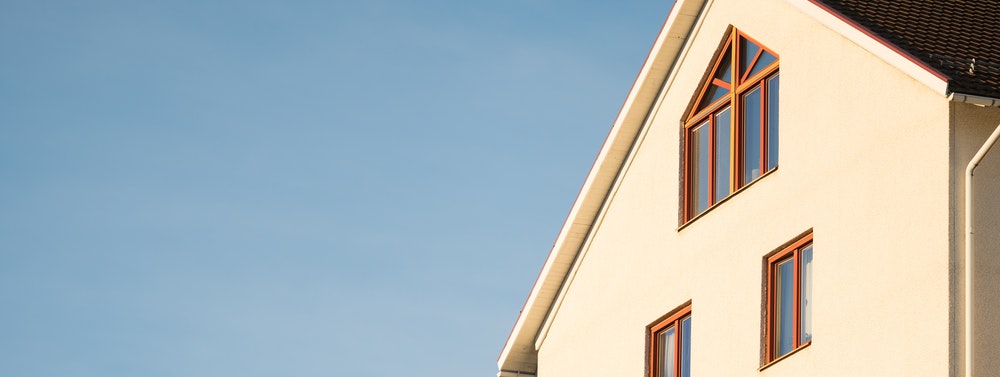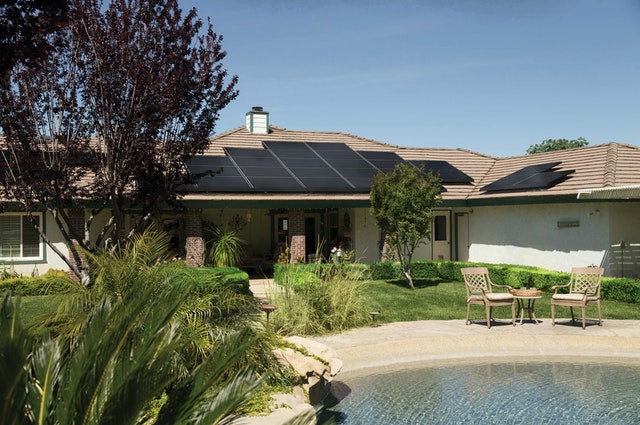Why Green Housing Is Affordable Housing
The connection between green housing and affordable housing is strong. Over the years, the construction industry has improved upon sustainability standards, which has made housing more affordable for low-income families.
Here’s why green housing is affordable housing and why you should choose a sustainable home.
What Is Green Housing?
Green housing should overall be an environmentally friendly alternative to traditional housing. From planning to construction to interior design, every aspect should be eco-friendly. It includes factors like green design, transportation, open spaces, water reclamation, energy savings, and efficient building techniques.
Additionally, green housing is usually more affordable. This is because, in the end, the goal is to save energy throughout the process. For example, builders use recycled materials so no energy is wasted making new ones. Green buildings typically include light-emitting diode (LED) lights, smart home technologies, and whole-house ventilation.
1. Saves a Significant Amount of Energy
One way in which green housing is affordable is that it saves money on energy. Green housing focuses on energy efficiency in everything from construction to appliance use. Between efficient heating and cooling systems, the use of natural lighting through windows and skylights, and energy-efficient appliances, homeowners or renters can save money.
Green building codes keep construction companies in line with sustainability. Housing that implements solar power, home gardens, or green roofs can help save on costs as well.
2. Reduces Material Waste
The construction industry uses a lot of materials to build a home. However, those that focus on sustainability reduce waste when building homes or other structures.
The idea is to use everything that’s purchased or to recycle what goes unused. This means construction companies are more cautious with buying decisions so they don’t buy a lot more than needed, making the home more affordable.
Besides actual construction materials, green housing also incorporates in-home recycling opportunities, which can cut costs. For example, green housing includes greywater reclamation and low-flow appliances to reduce overall water waste, saving money on the water bill.
3. Uses Recycled and Reclaimed Materials
Sustainable construction often tries to use recycled materials and reclaimed wood more often than new products. Because it’s recycled, it’s usually less expensive overall. The green building rating system, called Leadership in Energy and Environmental Design (LEED), often requires constructors to find alternatives to materials that include toxins.
The materials used are therefore better for the environment, and they are more cost-effective. For example, materials like reclaimed wood or recycled metals require less energy to reuse than to create new ones, cutting costs all around.
4. Implements Modular Building for Efficiency
Residential buildings consume quite a bit of energy to build. However, as construction companies become more efficient, those energy demands are decreasing, mainly thanks to modular buildings.
Modular buildings are crafted in sections in a factory and then arrive at your desired destination. The home comes in separate pieces, which merge to create your home. This type of design and setup decreases the energy needed to construct the house, and all of the waste created is recyclable, making the building more affordable overall.
These days, modular building techniques allow you to create your own design for your home so you get everything you want. Plus, you can ask for green construction, which takes energy efficiency up a level.
5. Puts Homes Closer to Amenities
Finally, green housing is affordable housing because it is often constructed closer to amenities. Although this may seem contradictory — it may seem as though the closer you are to amenities, the higher the housing cost — it’s actually true. The closer a home is to things like schools, grocery stores, and public transportation, the greener and more affordable it is.
You can choose to use public transportation, which can save you a significant amount per year, or walk or bike to these places, eliminating the need for a vehicle, saving you transportation costs. Green construction tries to find places to build that won’t cause unnecessary damage to natural environments.
Places that are already booming with life and a population are a perfect location for new homes. That way, no new habitats are disturbed, and you won’t have to worry about paying for water or electricity to reach your home.
Save Money and Energy With Green Housing
Green housing is affordable housing. When you save energy, time, and resources to build a home, you’re making it more affordable overall, too. It’s an initiative that has financial, social and ecological benefits all at once.
Author Bio: Evelyn Long is a writer and the editor-in-chief of Renovated. Her work focuses on green building and sustainability initiatives.




